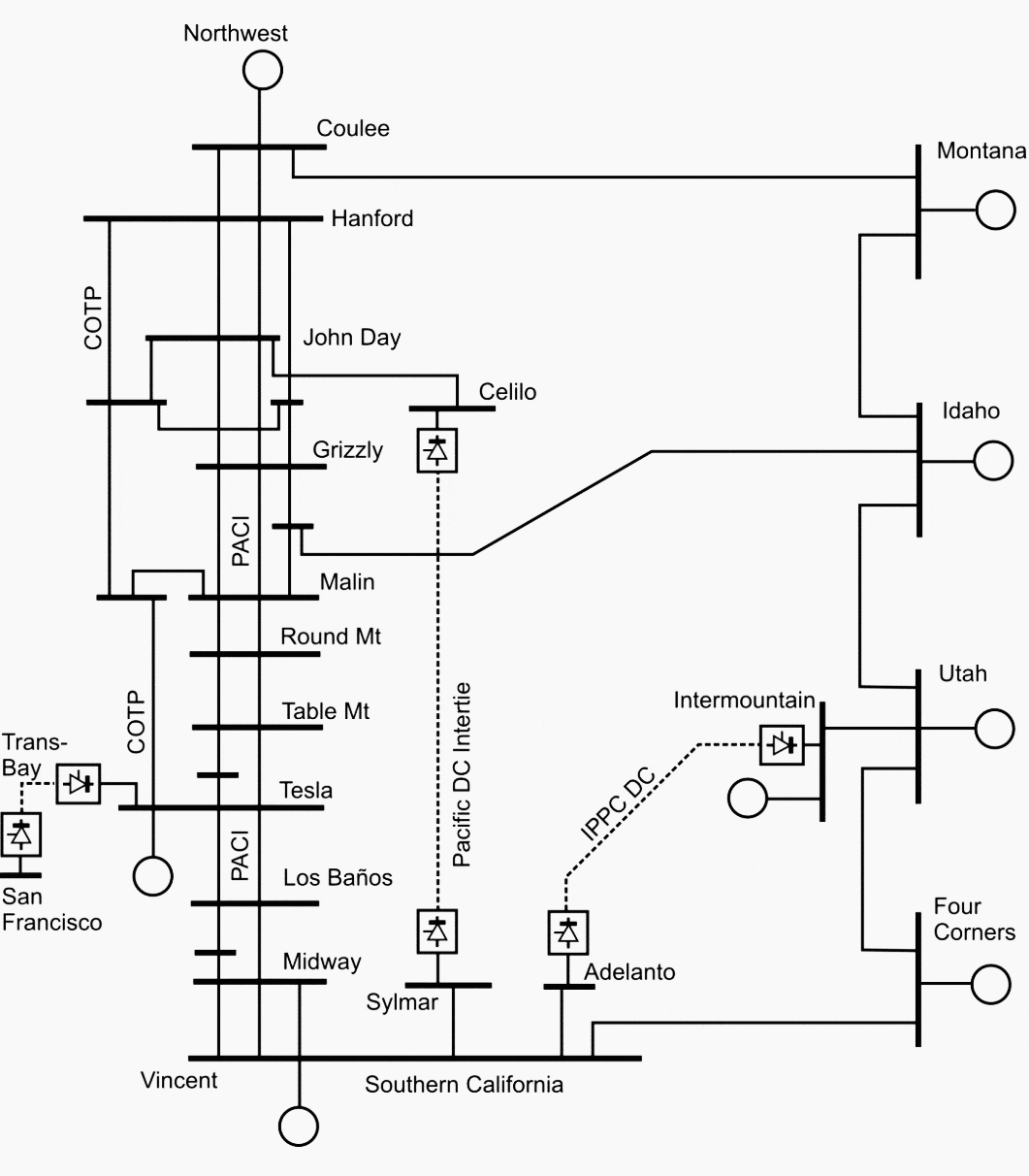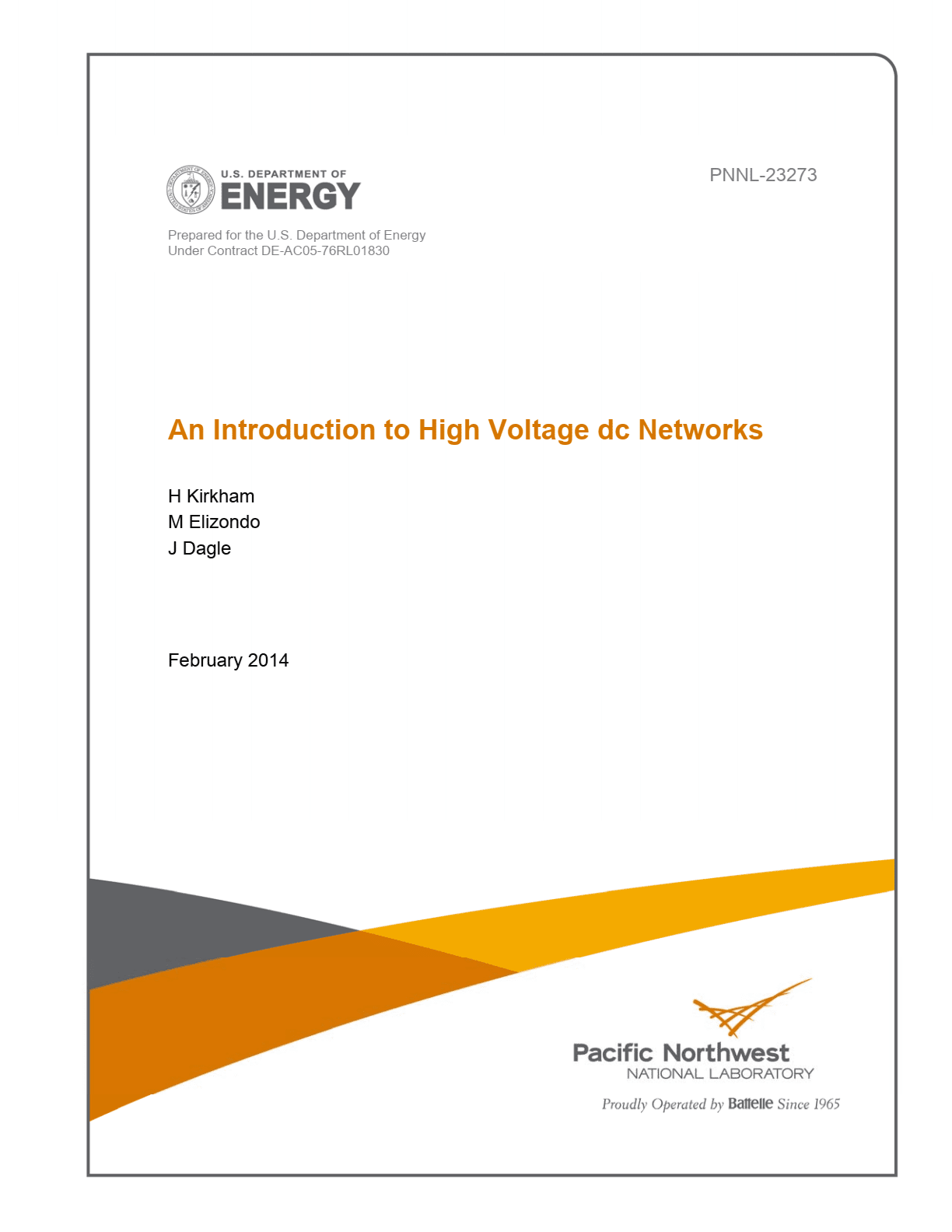High voltage DC operation
High voltage DC (HVDC) system has been part of our mostly-AC power delivery system for decades. The technology saw major advances recently when voltage-sourced converters (VSC) became practical at very high power levels. As this report is written, the converter technology that was once called “HVDC-light” by one of the large manufacturers has reached a power level of about 1000 MW.

It can no longer be called “light”. The possibility of being able to operate such a large converter in any quadrant of a power/reactive plane makes it very interesting.
Computer models are still being refined for planning purposes, and for load-flow and stability studies, where capabilities must be added to the existing positive-sequence programs that meet these needs.
But the converters are making inroads into the power delivery system.
Questions must be addressed about their impact on markets and regulations, and about their need for permitting. But there is a fundamental technical question that must be answered.

The question is posed by the necessity to control, in real time, in each converter, two separate parameters.
With the “old” current-source converters in a point-to-point configuration, one could control only a total of two parameters. More, if tap-change transformers were used, as the taps could be used to adjust the relationship between voltage and power.
However, tap changers move relatively slowly compared to converter control systems, so they offer a different kind of control.
With VSC converters, the number of controlled parameters is two at each converter. The parameters are functionally equivalent to the turn-on angle of the rectifiers and the turn-off angle.
These parameters affect the voltage and current, and the phase-relation between them, and are usually embedded in control loops that manage, for example, the power being transmitted.
| Title: | Technology of High Voltage DC (HVDC) Networks, Their Applications and Problems – H. Kirkham, M. Elizondo and J. Dagle (U.S. Department of Energy) |
| Format: | |
| Size: | 2.40 MB |
| Pages: | 90 |
| Download: | Right here | Video Courses | Membership | Download Updates |


